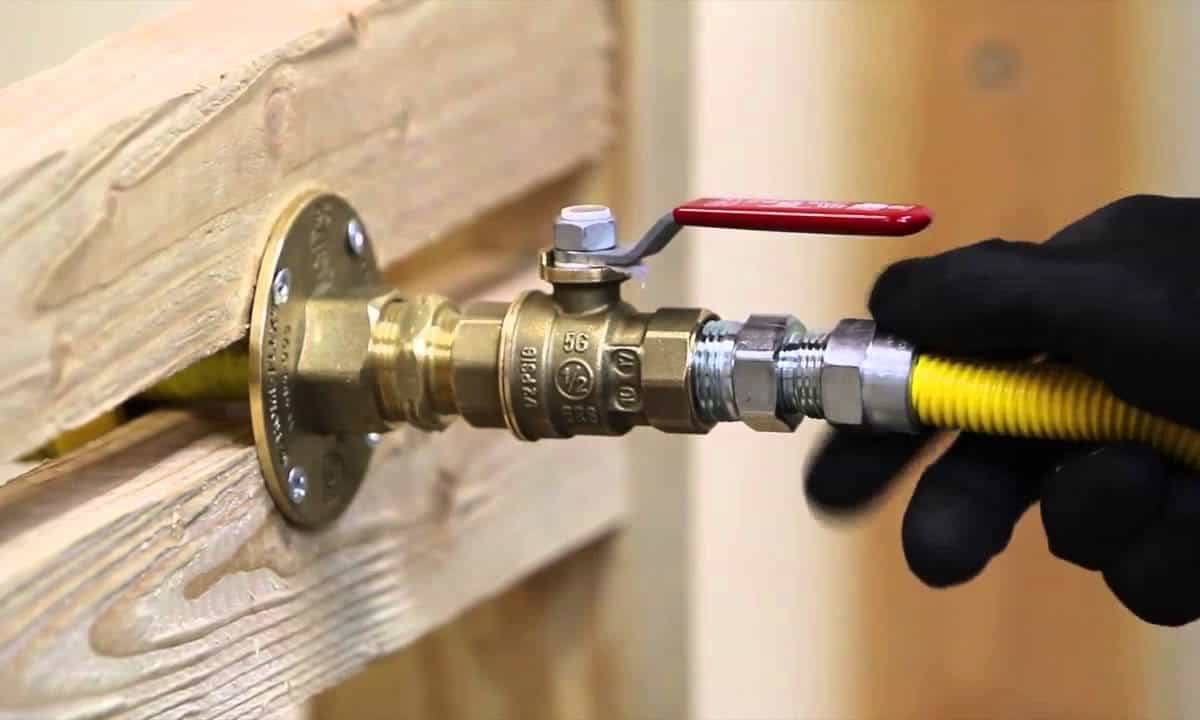The gas fitting system in your home relies on a network of piping and tubing. You should always hire the services of a licensed and experienced Plumber Rose Bay to ensure the careful installation and inspection of your gas fittings. They must check all the pipelines, outlets, and appliances for safe and efficient operation.
There are different types of gas fittings and it is best to know about them whether you are seeking a new installation or an upgrade.
Gas Fitting Systems
Gas fittings feature reverse thread to prevent gas lines from being connected to other lines such as:
- Water lines
- Air lines
- Vent lines
Gas fittings carry gas from the main connection to the fixtures of individual installations. Branch lines run from the gas supply line to each appliance.
Types of Gas Fittings
The best and most reliable gas fittings are mostly made of copper or brass. An adapter in the pipe systems helps connect straight sections of pipe to various sizes. The purpose of these fittings is to control the passage of gas within a system of tubes or pipes. There are different types of fittings, made of different materials. This includes:
- Couplings
- Elbows
- Compression fittings
- Tees
- Caps
- Unions
- Valves
- Plugs
Types of Pipes
While copper and brass are commonly used for Gas Fitting systems, different types of pipes can be used for carrying gas. This includes:
Copper Pipes
Thin copper pipes are commonly used for interior residential settings, whilst thicker pipes are used for gas service lines. Smaller copper pipes are joined together to create a large pipeline. Some of the techniques used for joining these pipes include:
- Push-to-connect fittings
- Soldering
- Brazing
- Compression couplers
PVC Pipes
PVC pipes work well for both gas and water lines. These pipes require push-to-connect fittings, primer, or solvent cement to attach. These pipes cannot be used in areas exposed to sunlight. When used for gas, they must be installed in dark or cool areas.
Steel or Iron Pipes
Steel and iron pipes are also referred to as black pipes. They are known for their malleability and require strict professional installation by specialists. These pipes are often used for the transfer of gas from outside to homes.
Stainless Steel Tubing
When it comes to installing new gas appliances, stainless steel tubes have become increasingly popular. These corrugated pipes can be bent around edges and corners. This prevents the need for new joints and fittings. When compared to steel pipes, these pipes are lighter and easier to install. They are also more suited for areas where longer pipes are required.
When it comes to installing gas fittings, you should always choose the services of a licensed Plumber. Failing to adhere to the guidelines can cause:
- Leakages
- Rusting
- Improper connections
- Inadequate support
- Missing shut-off valve
- Choice of inappropriate materials
Now that you know what types of fittings are used for gas connections, it will become easier for you to work with your Gas Fitting Strathfield expert in making the right decisions. This information should also help you choose better materials based on your unique needs and situation.
